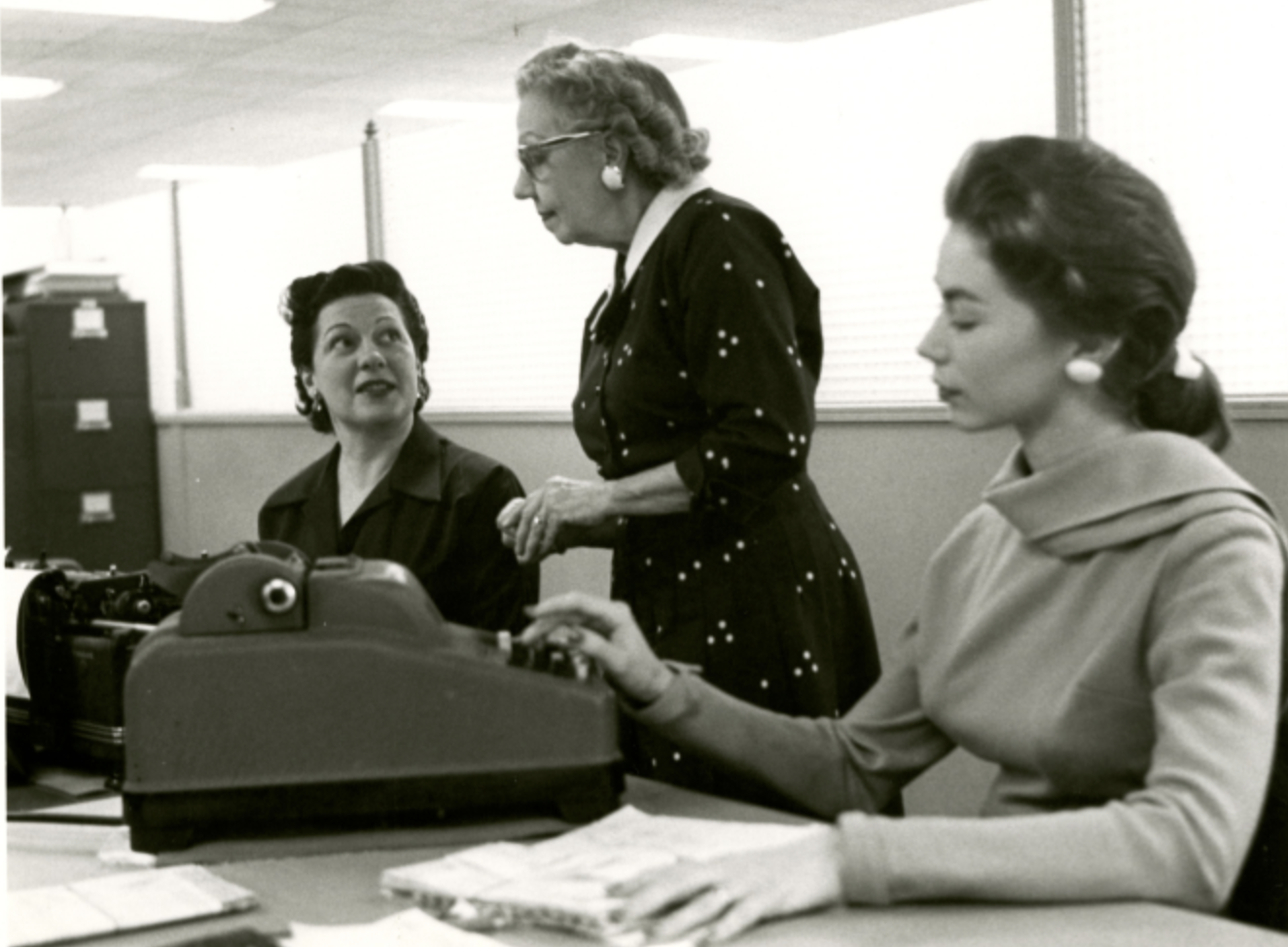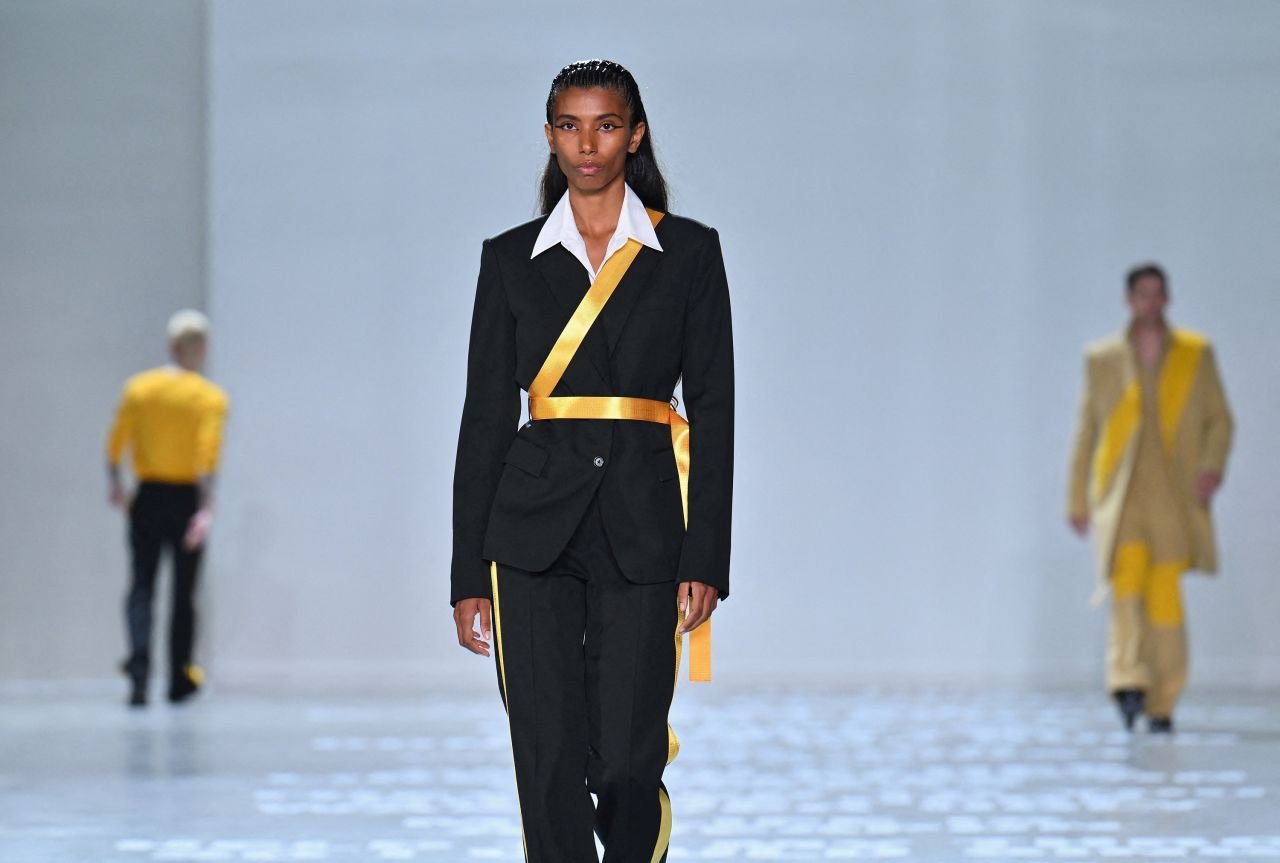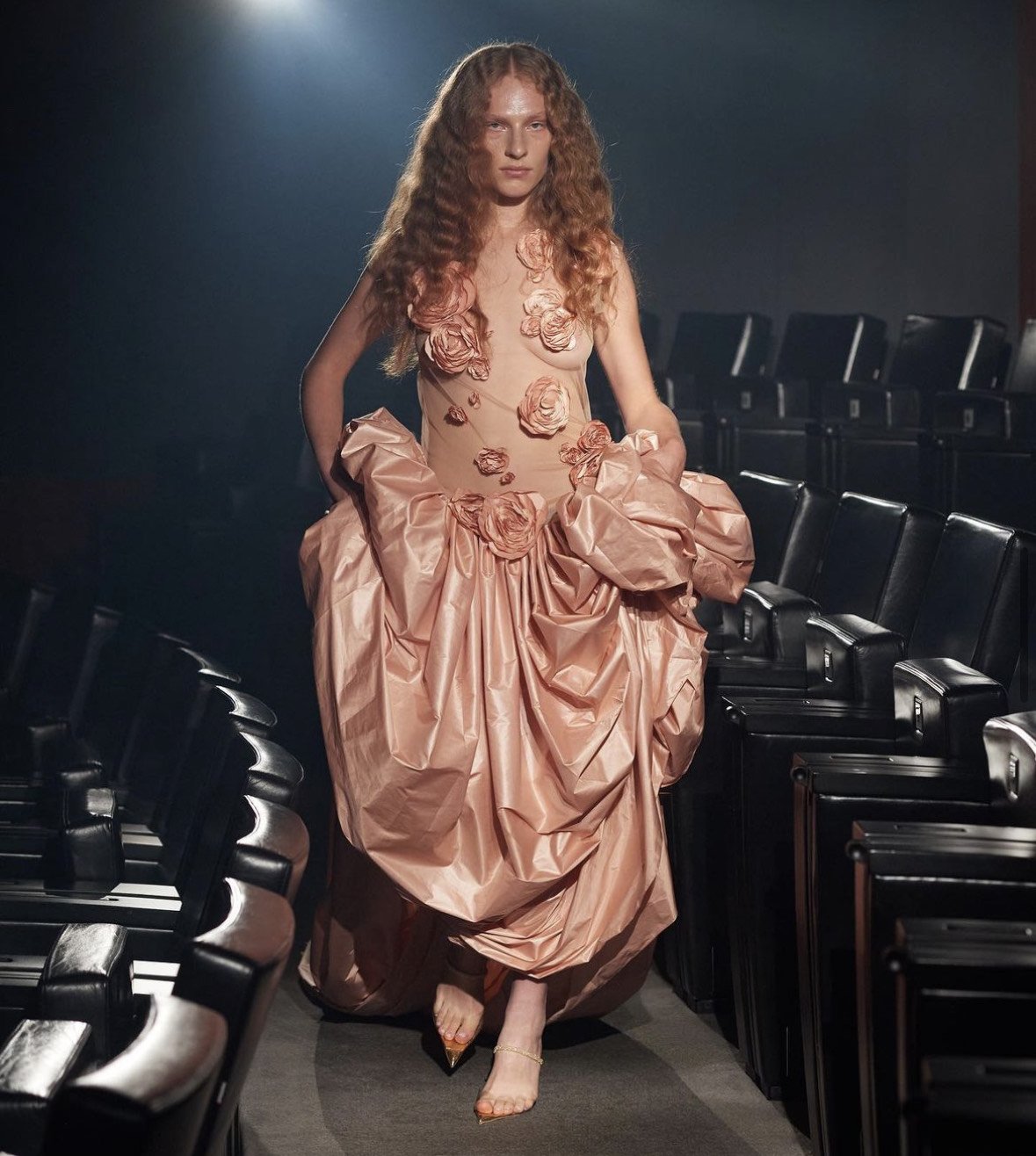The History of Lesbian Fashion
When we think of lesbian fashion in 2020 we envision celebrities like Ruby Rose, Kristen Stewart and Ellen Degeneres. All three of these women have a distinctly masculine fashion sense, a trope which has been associated with gay women throughout history. Much like the idea that gay men tend to present more effeminatley, queer women have often dressed in a more masculine way - protesting the status of women and the roles assigned them by a patriarchal society. Let’s take a look at how lesbian fashion has developed throughout history and why!
When looking at lesbianism in history it can often be difficult to differentiate between some gals being pals and a couple who were romantically and sexually involved with each other. Many couples were clever at hiding their true feelings and so we lack evidence, however, this doesn’t mean that some didn’t slip through the crack! Eleanor Charlotte Butler and Sarah Ponsonby, known as The Ladies of Llangollen, are depicted here in a painting by Mary Parker (1799-1864).
The Ladies of Llangollen by Sarah Ponsonby
Wearing all black and men’s top hats and walking their dog. They eloped to Wales in 1778 and went on to establish a home together, where they shared a bed, called each other ‘my beloved’ and signed documents in both of their names. There is no evidence to suggest that they were ever intimate with each other, but I think it is very clear that their relationship was more than just platonic. They could have very well been asexual, or due to views about homosexuality in the 18th-century, they may have felt that having a sexual relationship was sinful. Of course, we will never know for sure.
The Ladies of Llangollen weren’t the only lesbians of the time that dressed in a more masculine way. Anne Lister (1791-1840) the one from Gentlemen Jack (incredible show, may I add) was a landowner and diarist from Halifax in the North of England. Her extensive diaries reveal an adventurous life filled with sordid love affairs - all with women. She was renowned for wearing all black and integrated early 19th century men’s fashion into her clothing.
Portrait of Anne Lister by Joshua Horner c.1830
She is widely regarded as the first modern lesbian, a 19th-century equivalent of a ‘butch’ lesbian. Anne wrote her diaries in a secret code, that when de-coded show that Anne never felt ashamed about her desires for the same sex. She was incredibly free and easy about her sexuality and many romantic encounters. Anne ended up ‘married’ to Ann Walker, a shy and wealthy young woman from Lightcliffe. They travelled together until Anne’s death in 1840. Anne used her style to her advantage, by dressing in a more masculine way Anne could be seen as more professional. Being a female landowner in the early 19th-century, Anne was unique, and one could argue that if she dressed in the feminine styles of the day she may not have been taken so seriously. She was an early feminist, breaking down the walls between feminine and masculine and freedom of sexuality.
Lady Una Vincenzo credit: www.bridgemanart.com
Lady Una Vincenzo (1887-1963) was a British sculptor and translator, known for introducing the French writer Colette to a British audience. But, she is best known as the long-time lesbian partner of Marguerite Radclyffe Hall, author of The Well of Loneliness. Una married Captain Ernest Troubridge in 1908, and they had one daughter together, Andrea. However, they legally separated several years later. Vincenzo and Hall met in 1915 and they moved in together in 1917, drastically renovating their London home together. In the early 1920s, Una developed a style similar to that of Halls’ own masculine style, as a way of making her sexual identity and their relationship visible. After Hall died in 1943 of bowel cancer, Una had Halls’ suits altered to fit her and wore them often. In the 1920s and 30s, style icons like Greta Garbo and Marlene Dietrich shot to fame, with the birth of the Golden Age of Hollywood, and they brought with them androgynous style. Dietrich famously said “I dress for the image”, she had a deep understanding of fashion being an outwards show of you as a person.
Dietrich in publicity shots for Morocco, Credit: Everett Collection
In Morocco, her American cinema debut, Dietrich performs onstage dressed as a man and kisses a woman on the mouth - one of the first lesbian kisses on screen. As an openly bisexual woman, Dietrich used fashion cleverly. Even though non-heteronormative sexuality was deeply frowned upon, Dietrich broke down barriers and paved the way for changes in the fashion industry.
In the 1950s trousers became more socially acceptable as clothing for women, and during the 1960s it became harder to identify lesbians by their clothing, with many heterosexual women developing a more androgynous style. Because of this, many lesbians took their androgyny even further, and many took on completely masculine fashion and clothing. To signal to other lesbians that they were gay, and assert difference, many used clothing to indicate their sexuality, these included ties, cufflinks and trousers. In America, it was illegal for a woman to dress completely in male clothing, and sothey were required to wear at least three items of female clothing. Since the late 20th century, lesbian fashions have become more diverse, with subtypes emerging. At one end there is the ‘butch lesbian’, who present in an almost completely masculine style, in the middle, there is the ‘futch’ (feminine butch), a lesbian who wears a mix of feminine and masculine style, and then the femme lesbian sometimes referred to as the lipstick lesbian. This is a lesbian who looks ‘straight’, who wears typically feminine clothing.
In 2020, as we learn more about gender expression we are starting to dismantle the idea that clothing is either feminine or masculine, that it is binary. And alongside this, fashion, as a way to express one’s sexuality, has also developed. In a world with more equal rights for the LGBTQ community, lesbians don’t have to rely on dressing like a man to signal to other lesbians. This new freedom is exhilarating and empowering, not only to the LGBTQ community but to society as a whole.












